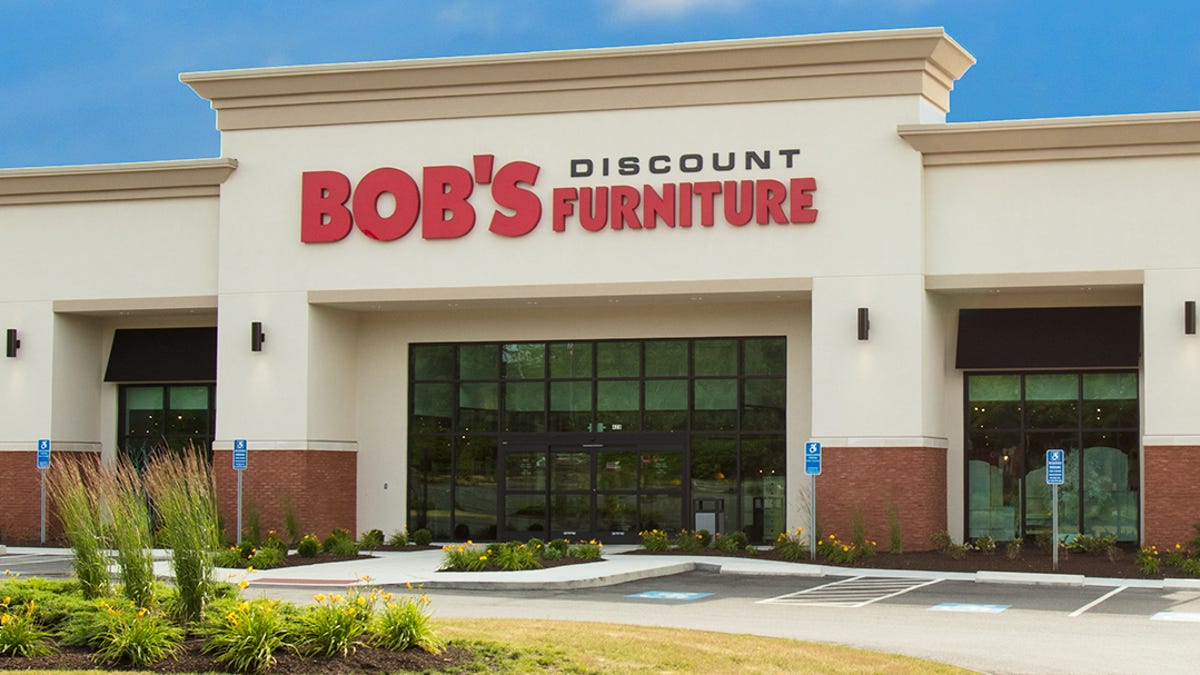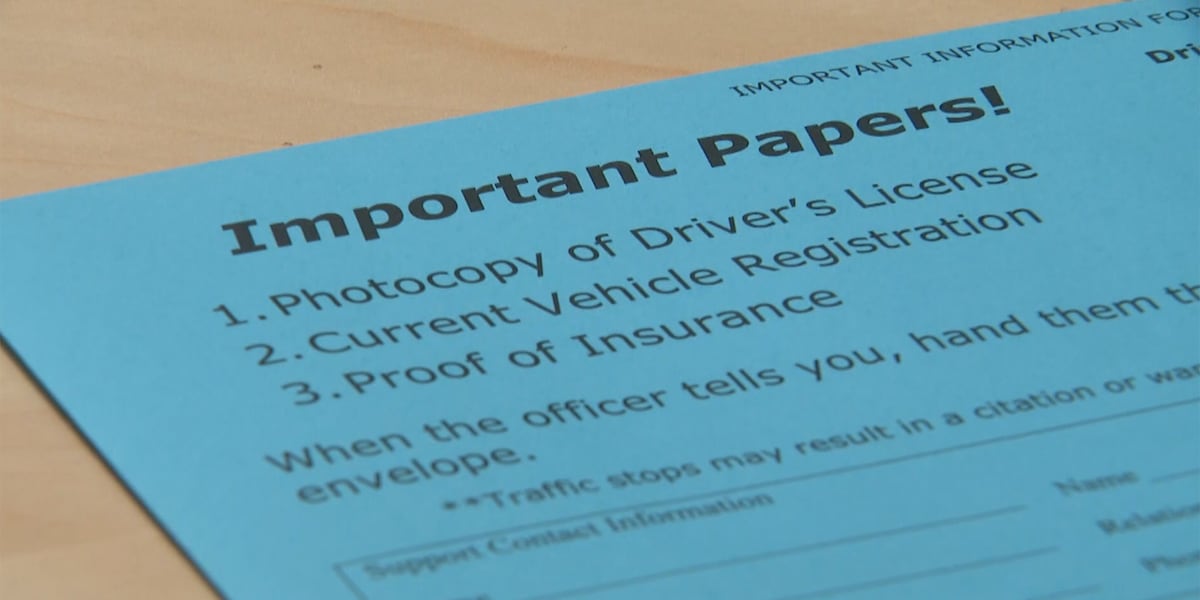Summer in New Hampshire means sunlit lakes, long days — and live music.
As warm weather returns, concert venues across the state are tuning up for a dynamic season of must-see acts in rock, roots, reggae, country and more.
In Gilford, the BankNH Pavilion will reopen with two shows this weekend by country singer-songwriter Kane Brown, marking the start of its milestone 30th season.
“It’s mind-blowing to think of,” BankNH Pavilion general manager R.J. Harding said in an email. “We started this in 1996 in a grass field with no real concept we could be standing in a venue like this today.”
Now partnered with Live Nation Entertainment, the pavilion brings some of the biggest names in music to New Hampshire each year. This summer is no exception.
More than 40 shows are already on sale through late September, with a few more still in the works. While that’s slightly fewer than in past years — a trend seen industry-wide, Harding noted, due to shifting dynamics at larger stadium venues — he said 2025 is still shaping up to be a strong season.
This year’s lineup includes legends like James Taylor, Shania Twain and Rod Stewart, along with major acts such as the Goo Goo Dolls, Pantera and Blink-182.
“We are expected to welcome over 300,000 fans through our doors this summer,” Harding said. “It’s going to be great.”
While country music and hard rock have traditionally been strong draws at the BankNH Pavilion, Harding said it’s exciting to see other genres gaining traction. One standout addition to this year’s lineup is Goose, a Connecticut-based jam band set to perform in late June. Goose scored a hit on Billboard’s Adult Alternative Airplay chart with 2022’s “Hungersite,” which reached No. 7.
“They have amassed a massive following — they seem to be the ‘it’ band in that genre right now,” Harding said.
He also expressed particular excitement about booking Neil Young for the first time this year. Young and his new group, The Chrome Hearts, will perform at the pavilion in August as part of their “Love Earth” tour. “We’ve been trying to make that happen for 20-plus years,” Harding said.
Down in Derry, Tupelo Music Hall recently celebrated a milestone of its own — last September marked 20 years of bringing live music to southern New Hampshire. And it’s not slowing down anytime soon.
Tupelo owner and founder Scott Hayward said the venue is preparing for another strong summer and fall lineup, featuring a diverse range of acts.
Notable upcoming shows include the Totally ’80s Tour in mid-June, featuring four bands in one night — among them, Tommy Tutone, best known for its 1981 hit “867-5309/Jenny.”
Other artists set to take the Tupelo stage this summer include New York City a cappella group Naturally 7; singer-songwriter and Bangor, Maine, native Howie Day; and British glam rockers Sweet, known for classics like “Ballroom Blitz” and “Fox on the Run.”
Read on for a curated list of other standout concerts happening across New Hampshire this summer. While not a comprehensive guide, it’s just a snapshot of the diverse live music experiences you can catch around the state.
Be sure to check each venue’s website for full lineups and the most up-to-date details.
• BankNH Pavilion (72 Meadowbrook Lane, Gilford) kicks off its 30th season this weekend with two performances by country singer-songwriter Kane Brown, on Saturday, May 24, and Sunday, May 25. Doors open at 5:30 p.m., and the show begins at 7 p.m. Tickets start at $67.20 for Saturday’s show and $54.50 for Sunday’s. Visit banknhpavilion.com.
• Catch the hard rock duo Nelson at the Bank of New Hampshire Stage (16 S. Main St., Concord) on Friday, May 30, at 7:30 p.m. The band is best known for its 1990 album “After the Rain,” which features the hit single “(Can’t Live Without Your) Love and Affection.” Advance tickets range from $62-$76, with a $5 increase on the day of the show. Visit ccanh.com.
• Grammy-nominated recording artist Joan Osborne will perform at the Capitol Center for the Arts’ Chubb Theatre (44 S. Main St., Concord) on Sunday, June 1, at 7 p.m. The show celebrates the release of “Dylanology Live,” a tribute to Bob Dylan’s most iconic songs. Tickets range from $53-$65. See ccanh.com.
• The acclaimed a cappella group Naturally 7 takes the stage at Tupelo Music Hall (10 A St., Derry) on Friday, June 6, at 8 p.m. Known for its ability to replicate the sound of a full band using only voices and vocal effects, the group was formed in New York City in 1999. Tickets are $40 at tupelohall.com.
• Grammy Award-winning singer-songwriter Aimee Mann brings her “22 ½ Lost in Space” anniversary tour to the Nashua Center for the Arts (201 Main St.) on Saturday, June 7, at 7:30 p.m. The tour celebrates her 2002 solo album “Lost in Space.” Mann co-founded the Boston new wave band ’Til Tuesday and has since built a decades-spanning solo career. Tickets start at $66. Visit nashuacenterforthe arts.com.
• ’80s pop takes center stage at the Tupelo Music Hall on Thursday, June 19, at 7 p.m. for the Totally ’80s Tour, featuring performances by Big Country, Tommy Tutone, Gene Loves Jezebel and Bow Wow Wow. Tickets range from $50-$65. Visit tupelohall.com.
• Vermont-based psychedelic rock band Phish brings its New England homecoming to the SNHU Arena (555 Elm St., Manchester) with three consecutive shows on Friday, June 20, Saturday, June 21, and Sunday, June 22. All shows begin at 7:30 p.m. Tickets range from $75-$105. Visit snhuarena.com.
• Enjoy an evening with New York City-based singer-songwriter Willie Nile at The Rex Theatre (23 Amherst St., Manchester) on Saturday, June 21, at 7:30 p.m. Tickets are $39. Visit palacetheatre.org.
• British reggae legends Steel Pulse perform at the Hampton Beach Casino Ballroom (169 Ocean Blvd.) on Thursday, June 26, at 8 p.m. Its 1996 album “Babylon the Bandit” won a Grammy Award for Best Reggae Album, and its 2019 release “Mass Manipulation” earned a nomination for the same category. General admission tickets are $35 in advance and $40 day of show. Visit casino ballroom.com.
• Connecticut jam band Goose comes to BankNH Pavilion on Friday, June 27, at 6:30 p.m. The group is touring in support of its new album “Everything Must Go.” Its 2022 album “Dripfield” includes the hit “Hungersite,” which reached No. 7 on Billboard’s Adult Alternative Airplay chart. Tickets start at $49. Visit banknhpavilion.com.
• The Rex Theatre presents “Music at the Movies” with The Scott Spradling Band on Saturday, June 28, at 7:30 p.m. The show will feature a setlist of iconic movie soundtrack hits. Tickets are $33 and available at palacetheatre.org.
• Six-time Grammy Award winner James Taylor returns to BankNH Pavilion on Tuesday, July 1. The performance begins at 8 p.m. The Rock & Roll Hall of Fame inductee has sold nearly 100 million albums worldwide. Tickets start at $64.95. Visit banknhpavilion.com.
• Back by popular demand, Roomful of Blues returns to the Rex Theatre on Saturday, July 12, at 7:30 p.m. Tickets are $39. Visit palacetheatre.org.
• Hall of Fame blues guitarist and singer Buddy Guy performs at the Hampton Beach Casino Ballroom on Sunday, July 13, at 8 p.m. Over his legendary career, Guy has influenced guitar icons like Eric Clapton, Jimi Hendrix, Jimmy Page and Keith Richards. Tickets start at $41. Visit casinoballroom.com.
• Singer-songwriter Howie Day returns to Tupelo Music Hall on Sunday, July 13, at 7 p.m. A Bangor, Maine, native, Day rose to fame with his 2003 album “Stop All the World Now,” which includes the platinum single “Collide.” Tickets are $42. Visit tupelohall.com.
• Bitter Pill, known for its “dark and anachronistic twist of folk, blues, jazz, rock and country,” performs at The Music Hall Lounge (131 Congress St., Portsmouth) on Sunday, July 20, at 7 p.m. Tickets are $28 in advance and $34 day of show. Visit themusichall.org.
• Country-pop superstar Shania Twain headlines at BankNH Pavilion on Thursday, July 24, at 7:30 p.m. Known as the “Queen of Country Pop,” Twain has sold more than 100 million records worldwide. Tickets start at $153.70. Visit banknhpavilion.com.
• Boston-based folk act Adam Ezra Group takes the stage at Nashua Center for the Arts on Friday, July 25, at 7:30 p.m. Tickets range from $34-$55. Visit nashua centerforthearts.com.
• Acoustic duo Rob Ickes and Trey Hensley will perform at The Rex Theatre on Saturday, July 26, at 7:30 p.m. Tickets are $39 and can be purchased at palacetheatre.org.
• British glam rockers Sweet perform at Tupelo Music Hall on Sunday, July 27, at 7 p.m. The band has sold more than 35 million albums worldwide, with hits including “Ballroom Blitz,” “Fox on the Run,” and “Love Is Like Oxygen.” Tickets are $45. Visit tupelohall.com.
• BankNH Pavilion hosts the Outlaw Music Festival on Sunday, Aug. 3, with a lineup featuring Willie Nelson, Bob Dylan, Wilco, Lucinda Williams and Waylon Payne. Doors open at 3 p.m.; music begins at 3:45 p.m. Tickets start at $79.70. Visit banknh pavilion.com.
• Neil Young and the Chrome Hearts take the stage at BankNH Pavilion on Thursday, Aug. 21, at 7:30 p.m. Young, a two-time Rock & Roll Hall of Fame inductee and founding member of Buffalo Springfield, has won multiple Grammy and Juno awards. Tickets start at $91.75. Visit banknhpavilion.com.
• Grammy-winning folk singer Judy Collins will perform at The Park Theatre (19 Main St., Jaffrey) on Saturday, Aug. 23, at 7:30 p.m. She is best known for her version of “Both Sides, Now,” which earned her a Grammy for Best Folk Performance in 1969. Tickets start at $68. Visit theparktheatre.org.
• Motown legends The Temptations perform two nights at The Historic Music Hall Theater (28 Chestnut St., Portsmouth) on Tuesday, Aug. 26, and Wednesday, Aug. 27. Both shows begin at 7 p.m. Tickets range from $59-$125. Visit themusichall.org.
• Post-grunge rockers Creed bring their “Summer of ’99” tour to the SNHU Arena (555 Elm St., Manchester) on Thursday, Aug. 28. The show includes opening performances by Daughtry and Mammoth WVH. Tickets range from $49.50-$159.50 and can be purchased at snhuarena.com.

/https://tf-cmsv2-smithsonianmag-media.s3.amazonaws.com/filer_public/23/3e/233e8bbb-87c7-43c6-94cd-53dd2ce33406/measuring_egc-usfws.jpg)
/https://tf-cmsv2-smithsonianmag-media.s3.amazonaws.com/filer_public/06/48/0648f88d-d56f-494e-9fd2-382fd33dca8f/crab_trapper_aita_web411-e1656431583765.jpg)






























